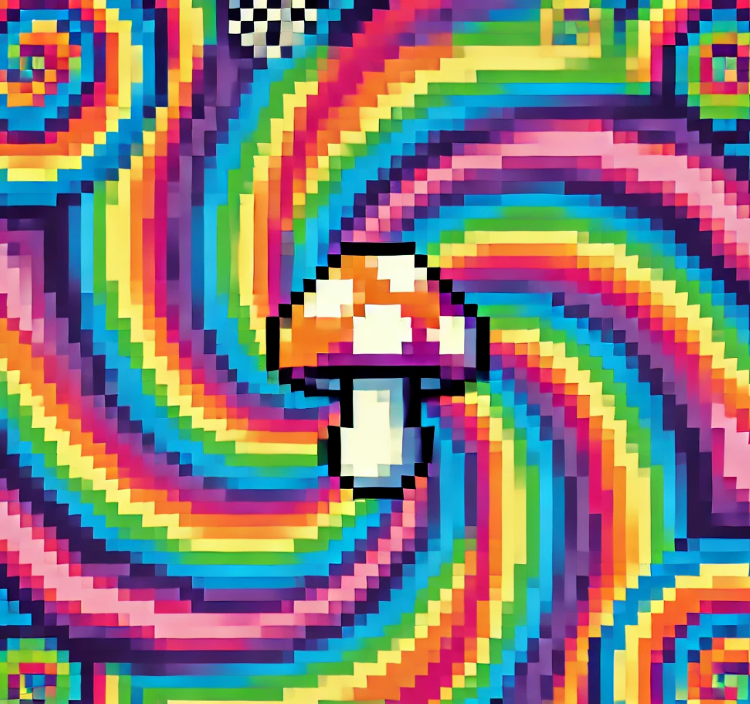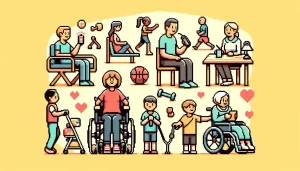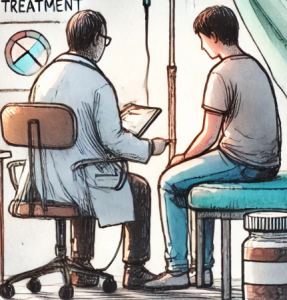
What’s the Buzz About Microdosing?
In recent years, there’s been a surge of interest in a peculiar trend: microdosing. The concept is simple: taking minuscule amounts of psychedelics like LSD or psilocybin mushrooms regularly to boost creativity, mood, and overall well-being without experiencing full-blown hallucinations. This trend has captured the public’s imagination and raised significant questions about its implications for mental health and public safety. A recent study explored how this growing interest correlates with legislative changes around psychedelics and cannabis.
The Microdosing Trend
Microdosing involves consuming “subperceptual” doses of psychedelics—about one-twentieth to one-fifth of a typical recreational dose. Advocates claim it enhances cognitive function, creativity, and emotional well-being. However, scientific backing for these claims is still in its infancy, and the benefits might be more psychological than pharmacological.
To understand public interest in microdosing, researchers analyzed Google search trends in the U.S. from January 2010 to December 2023. They found that searches for microdosing remained steady until 2014, then skyrocketed, increasing by a factor of 13.4 from 2015 to 2023. By 2023, there were approximately 3 million searches related to microdosing in the U.S. alone. This suggests a significant rise in curiosity and potential experimentation with microdosing.
Legislative Changes and Public Interest
The study discovered that changes in laws related to psychedelics and cannabis significantly influenced this surge in interest. Researchers used a dynamic event-time difference-in-difference time series analysis to correlate search trends with legislative changes. Here are some key findings:
- Local Psychedelic Decriminalization: States that decriminalized psychedelics saw an increase in microdosing-related searches by 22.4 per 10 million searches.
- Statewide Psychedelic Legalization and Decriminalization: States that legalized psychedelic-assisted therapy and decriminalized psychedelics experienced an increase of 28.9 per 10 million searches.
- Statewide Recreational Cannabis Laws: States that legalized recreational cannabis saw the highest increase in searches—40.9 per 10 million.
- Statewide Medical Cannabis Laws: Even medical cannabis laws led to an increase in microdosing interest, though to a lesser extent (11.5 per 10 million).
These findings highlight how changing attitudes and legal frameworks around psychedelics and cannabis have fueled public curiosity and interest in microdosing.
Why Should Public Health Practitioners Care?
The increasing interest in microdosing is more than just a cultural phenomenon; it has significant public health implications. Here’s why:
- Potential Benefits and Risks: While some claim microdosing offers mental health benefits, there are risks, including headaches, insomnia, anxiety, and potential heart issues. Understanding these risks is crucial for public health practitioners.
- Legislative Influence: As more states consider decriminalizing or legalizing psychedelics, it’s essential to understand how these changes impact public behavior and interest in substances like microdosing.
- Need for Research: The surge in interest underscores the need for rigorous scientific studies to evaluate the safety and efficacy of microdosing. Without solid data, people might turn to unreliable sources for information, potentially leading to harmful practices.
The Psychedelic Renaissance
The term “psychedelic renaissance” has been used to describe the growing acceptance and research into psychedelics over the past decade. Key milestones include the FDA granting breakthrough therapy designations for MDMA (for PTSD) and psilocybin (for depression). These approvals have contributed to shifting perceptions and increasing public interest in psychedelics for therapeutic uses.
The Role of Cannabis Legalization
Cannabis legalization has played a significant role in this shift. As states legalized medical and recreational cannabis, it paved the way for a broader acceptance of psychoactive substances. This cultural shift has likely encouraged people to explore other substances, such as psychedelics, for potential mental health benefits.
Microdosing and Mental Health
The growing interest in microdosing may also be driven by rising rates of mental health issues like depression and anxiety. With traditional mental health services struggling to meet demand, people are increasingly looking for alternative treatments. Microdosing, with its promise of mood enhancement and cognitive benefits, has become an appealing option for many.
What’s Next?
As we continue to witness legislative changes and increasing interest in psychedelics, public health practitioners, researchers, and policymakers must stay informed and proactive. Here are a few steps that can help:
- Conduct Rigorous Research: There is a pressing need for clinical studies to evaluate the safety and efficacy of microdosing. Reliable data can help inform best practices and guide public policy.
- Public Education: Providing accurate, evidence-based information about microdosing and its potential risks and benefits is essential. This can help individuals make informed decisions and avoid potential harms.
- Monitor Trends: Continued surveillance of public interest and behavior related to microdosing can help identify emerging trends and inform public health responses.
What do you think?
We’d love to hear from you! Here are a couple of questions to spark discussion:
- Have you noticed more conversations about microdosing in your community or social circles? What are your thoughts on this trend?
- How do you think changing cannabis and psychedelic laws will impact public health in the coming years?
Share your experiences and thoughts in the comments below or join the conversation on social media.
Be Part of the Change – Get Weekly Updates!
Stay informed and connected. Subscribe for free and share this blog to make a difference in public health with others.



